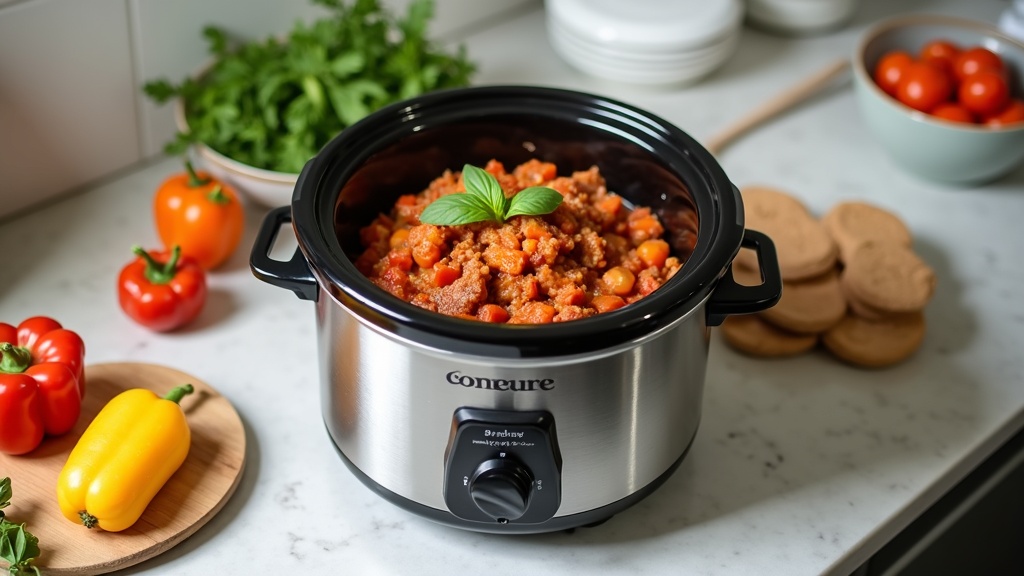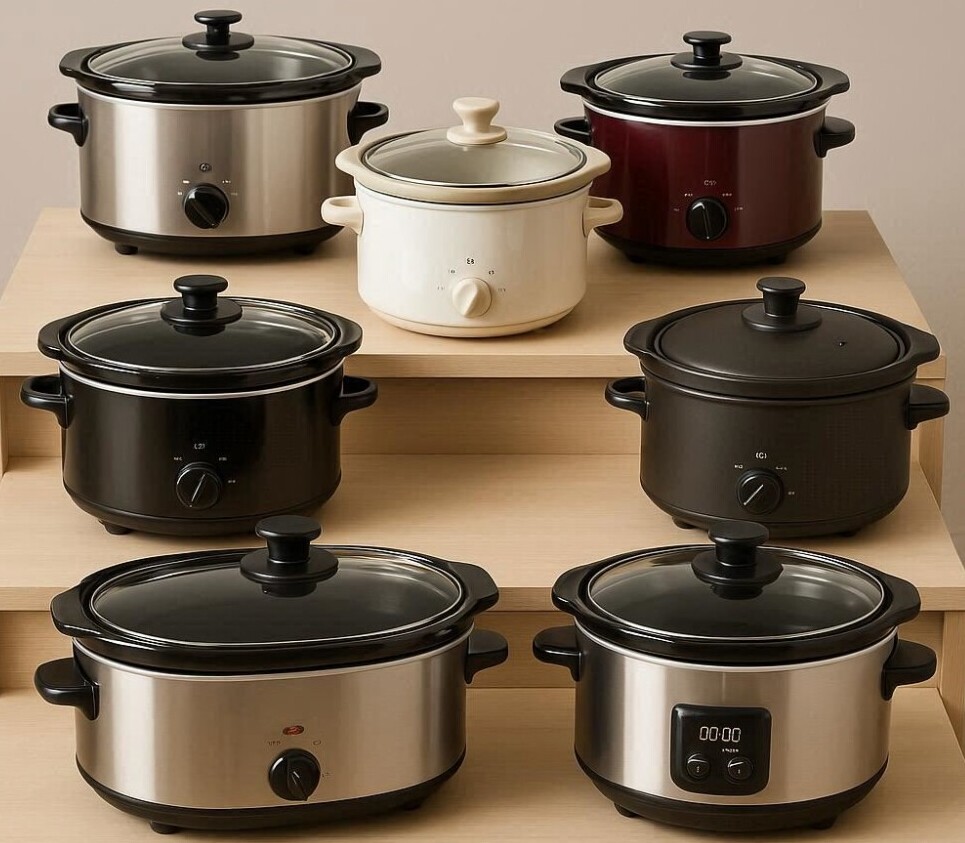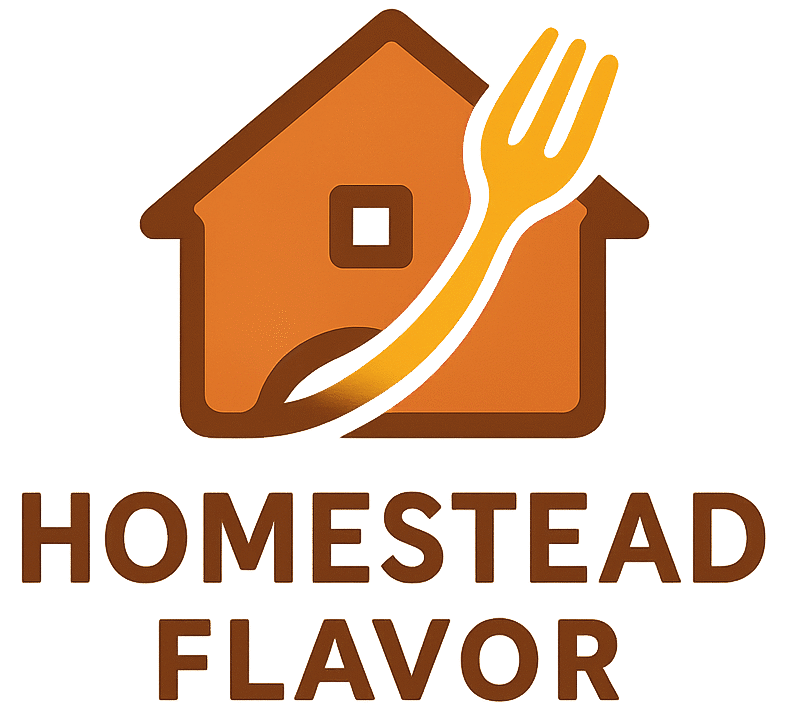Tired of managing dinner, dishes, and deadlines at once? A slow cooker could be your next kitchen hero. This humble appliance works hard so you can take it easy. Toss in your ingredients, set the timer, and let it do its magic while you get on with your day. The benefits of using a slow cooker go beyond convenience—it’s a game changer for budget-friendly, homestead-style cooking.

The Perks of Cooking Low and Slow
After you chop a few things—feel free to prep the night before—you can walk away knowing dinner’s cooking itself while life happens. Whether it’s the trusty low and slow 10-hour simmer or a high-heat 4-hour meal, coming home to a pot of warmth is hard to beat. Plus, it all cooks in a single basin, so cleanup is so easy you’ll actually have time to enjoy your meal. Maybe even the dishes can wait a bit (no pressure!).
For busy homesteaders, energy-efficient cooking isn’t just smart—it’s essential. These appliances barely sip electricity compared to ovens, and make less expensive meat cuts taste like they’ve had star treatment. Even better, leftover bits from yesterday can become today’s soup—no more science experiments hiding in the fridge. You’ll spend less on takeout and make your wallet happier, too.
Getting Started With a Slow Cooker
Using a slow cooker isn’t complicated, making it ideal for anyone—busy parents, kitchen beginners, or anyone who craves a hot meal with minimal work. To get the best results, it’s smart to nail the basics first.
- Choose Your Size: Slow cookers come in various sizes. Solo cooks or couples can get by with a 3- or 4-quart model. Families or meal-preppers might want to go for a 6-quart or larger version.
- Understand Settings: Most slow cookers have low, high, and “keep warm” options. Low and high determine how fast your food cooks, while “keep warm” is great for holding your meal at the perfect temp—especially handy for staggered dinner times.
- Prep Smart: Chop veggies, portion out spices, and trim meat the night before. You can even load your slow cooker pot, refrigerate it overnight, and plop it onto the cooker base the next morning.
Saving Time and Energy
One of the best things about a slow cooker is multitasking. Once you’ve loaded the pot, there’s no standing watch, stirring, or constant checking. You can focus on work, run errands, or simply unwind while dinner simmers quietly.
Energy efficiency is another bonus. According to the U.S. Department of Energy, slow cookers use less energy than most ovens. Choosing a slow cooker for regular meals can help shave a few bucks off your electricity bill.
Flavor and Tenderness on a Budget
One of the coolest things about slow cookers is their ability to turn affordable ingredients into fantastic meals. Tough meat cuts, like pork shoulder, chicken thighs, or beef chuck, break down and become juicy after several hours in a slow bubble. The extended gentle cooking transforms tough connective tissues into tender bites that melt in your mouth.
Slow cookers are just as great for dried beans, lentils, and root veggies. Beans become creamy, carrots and potatoes soften up, and all those flavors have hours to blend together. I like making big pots of soup or stew for leftovers that only taste better the second day.
Healthier Eating Made Easy
There’s a myth that slow cooker recipes are always heavy or cheesy, but that’s only true if you want them to be. With homemade slow-cooked meals, you’re in charge. Start from scratch, use whole foods, and control the amount of salt or fat for meals that fit your lifestyle.
- Gentle Cooking: The low, steady heat helps more nutrients stick around in veggies compared to faster, high-heat methods. Your carrots, greens, or sweet potatoes keep more of their vitamins.
- Less Fat Needed: There’s no need for much oil or butter since meals cook in their own juices. Even broth brings tons of flavor with minimal fat.
- Lean Options: Use lean meats, load up extra veggies, or toss in whole grains. A whole chicken, for example, breaks down as beautifully as dark cuts, and you can top things off with yogurt or light sauces.
Meal prepping with a slow cooker makes it easy to keep something healthy on hand. That way, you’re less tempted to hit a fast food drive-thru on busy days.
Common Questions and Tips for Slow Cooking Success
Slow cookers are very forgiving, but a few handy tips make everything smoother—especially for first-timers.
- Should I brown meat first? It’s not essential, but a quick sear brings even more flavor and a rich color to meats. Don’t stress if you want to skip it, though; many dishes still turn out delicious without it.
- Can I put frozen ingredients into the cooker? For safety, thaw meat first to avoid prolonged time in unsafe temperature zones. Frozen veggies are okay to use right from the freezer.
- How long does food need to cook? A general rule: 8 to 10 hours on low or 4 to 6 hours on high. Try not to lift the lid mid-cook; it lets out heat and slows the process.
- Is cleanup a hassle? Not usually. Most slow cookers come with removable ceramic inserts for easy washing—dishwasher safe, too. Use parchment liners for even faster cleanup.
What To Look For When Buying a Slow Cooker

Thinking of picking up a slow cooker for your kitchen? Here are a few things to check out before you shop:
- Size and Shape: Oval cookers work well for roasts and whole poultry, while round ones are perfect for soups and casseroles.
- Programmable Features: Digital timers and auto-shutoff settings make it easy to fit into even the busiest schedules. You can set it and have dinner ready right when you need it.
- Keep Warm Function: This feature is useful for keeping food at the perfect temperature if family members eat at different times or if you’re hosting a gathering.
- Locking Lids: If you’re taking your famous dish to a potluck, a locking lid ensures no spills on the ride over.
Personal Experience Using a Slow Cooker
I added a slow cooker to my kitchen arsenal a few years ago when my schedule got busier. Pretty soon, it was the only way I made it through the week without the stress of planning, prepping, cooking, serving, and cleanup of huge meals. Even prepping overnight steel-cut oats became my go-to hack; rolling out of bed to hot breakfast is a game changer.
I’ve used slow cookers for everything—barbecue pulled chicken, veggie lasagna, bean stews, and even desserts. There’s real comfort in walking through the door after a long day to the smell of dinner done and waiting, no effort required. My friends with busy families swear by their slow cookers on sports nights and weekends. Batch cooking, freezing leftovers, and hosting a stress-free dinner party all get easier with this tool.
Top Ways to Use a Slow Cooker Beyond Just Stews
- Soups and Chilis: Cook up big batches; leftovers are even tastier the next day and last all week.
- Pulled Pork or Chicken: Slow heat keeps meat juicy and perfect for tacos, sandwiches, or salad toppings.
- Vegetarian Meals: Make lentil curry, ratatouille, or stuffed peppers—you’ll get tons of flavor with minimal fuss.
- Breakfast: Try overnight oats, breakfast casseroles, or fruity compotes—wake up to something hot and ready to go.
- Desserts: Apple crisp, bread pudding, and even cheesecake can be cooked to perfection in a slow cooker if you’re up for trying something new.
Frequently Asked Questions
Question: Can I cook pasta or rice in a slow cooker?
Answer: Yes, but add them during the last 30 to 60 minutes so they keep their texture. Alternatively, cook them separately and toss them in right before serving.
Question: Is it safe to leave my slow cooker on all day?
Answer: Modern slow cookers are designed for safe all-day operation. Just keep vents clear and make sure cords are safe from water and edges.
Question: Can I make vegetarian or vegan recipes?
Answer: Absolutely. Beans, grains, and a variety of veggies are slow cooker favorites. Try filling minestrone, veggie curry, or a plant based stew.
Why a Slow Cooker Is Worth a Spot on Your Counter
A slow cooker makes life easier, saves money, and gives every meal a flavor upgrade. It’s a reliable way to cook wholesome food, hands off, even for busy folks or anyone not in the mood to fuss over dinner. If you’re looking to eat healthier, cut stress, or make the most of leftovers, the slow cooker’s patient approach proves that good things really do come to those who can wait a little longer for a homemade meal.
